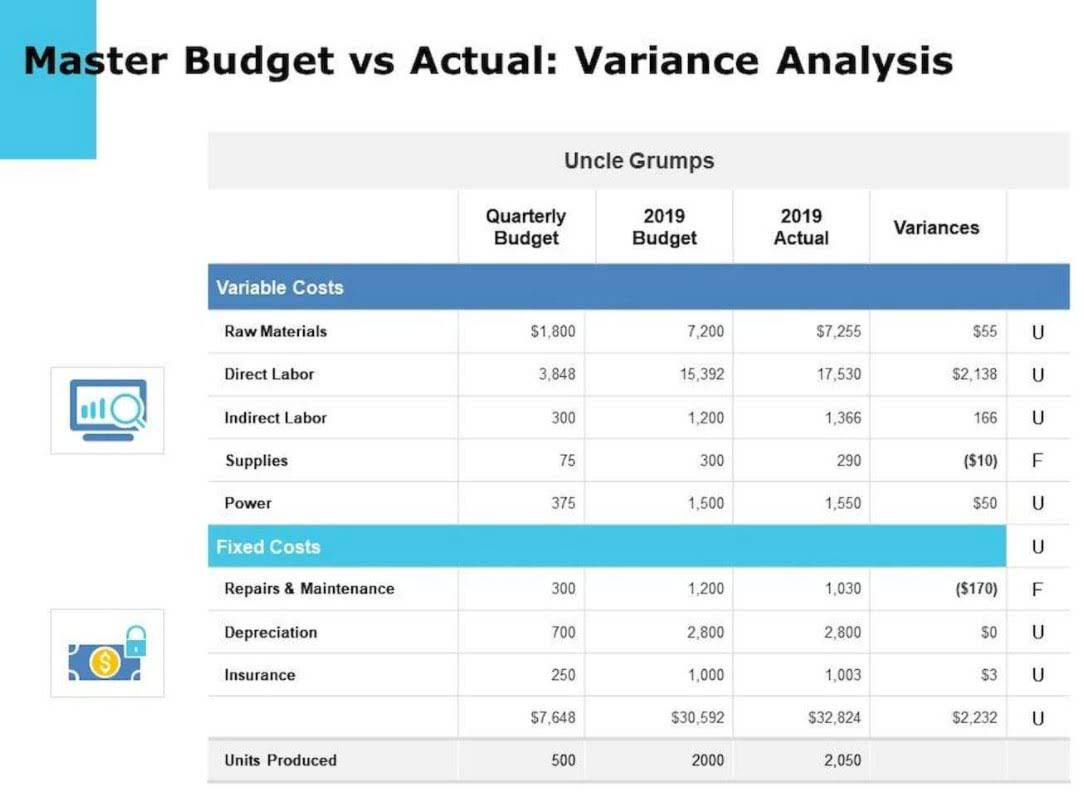
Some businesses analyze variances and take action on the actual costs that have the largest percentage difference from budgeted costs. Keep Records for Small Business Managers use variance analysis as a tool to identify critical areas that may need change. Every month, a company should perform variance analysis on each revenue and expense account. Management can address the largest dollar amount variances first, since those accounts are most likely to have the biggest impact on company results. Cost control focuses on managing and keeping costs within predefined limits, while cost reduction aims to actively reduce costs to achieve specific targets.
- An important output of the analysis is the sensitivity of the total cost to deviations from the minimum cost point.
- In this article, we will delve deeper into the concept of cost control, its importance, and some practical tips for implementing cost control strategies in your business.
- Earned Value Management (EVM) is a project management technique that integrates cost, schedule, and performance data.
- By understanding the reasons for these variances, management can develop strategies to reduce costs and improve profitability.
- It’s also important to establish clear policies and procedures for procurement, hiring, and other areas that can impact costs.
- Earned value management (EVM) controls projects as they progress, including the schedule and actual costs vs planned costs.
Examples of Cost Control Measures
- The project budget serves as a baseline for measuring and controlling the project performance.
- In this section, we will explore some of the common cost management assumptions and how they influence the cost management process.
- Without proper data management, an organization may miss warning signs that a process is not functioning optimally.
- With technological advancements, the cost control reduction approach has changed worldwide.
- Effective cash flow management involves several techniques such as forecasting and budgeting, cash flow monitoring, and implementing measures to increase cash inflow and reduce cash outflow, among others.
- It encompasses various strategies and techniques aimed at minimizing costs while maximizing value and profitability.
Lean Management has since been applied to various industries, including healthcare, construction, and service businesses. The core idea behind Lean Management is to identify and eliminate non-value-adding activities, such as overproduction, excess inventory, over-processing, waiting, unnecessary movement, defects, and unused talent. Process improvement initiatives can lead to several benefits, including increased efficiency, enhanced customer satisfaction, reduced lead time, and higher profitability. Another technique is benchmarking, where an organization compares its products or services with those of other companies in its industry to determine its level of quality. By identifying these areas, businesses can make more informed decisions on where to direct their resources, which will ultimately lead to higher revenues and profits.
Tools

In this article, we’ll explain what cost control is and how cost control fits into the cost management system. Cost control in project management is essential for an activity in which cost overruns could easily occur. Earned value management, cost management steps, and target net income for a project may be incorporated into project management software.
Mastering Cost Control: Definition, Strategies, and Examples

Alternatively, we may choose to space roads farther apart to reduce environmental impacts. Due to the usually flat nature of the total cost curve, the increase in total cost is often small over a wide range of road spacings. Additionally, proper asset management can improve the accuracy of financial reporting, increase customer satisfaction, and enhance overall business performance.
- At the same time, through analysis, grasp the law of cost changes, summarize lessons learned, and seek ways to reduce costs.
- By overcoming the barriers of lack of data and information, organizations can build a more sustainable financial model that supports growth, innovation, and long-term success.
- If the bulldozer is used, no economy will result unless the amount of earthwork is sufficient to carry the fixed cost plus the direct cost of the bulldozer operation.
- Employees are often resistant to change, and their lack of involvement in the cost-saving process can negatively impact the company’s ability to minimize costs.
- The cost management assumptions should be reviewed and updated regularly, especially when there are changes in the scope, resources, cost drivers, or cost performance of the project or the business.
- By identifying areas of unnecessary expenditure, managers can start developing a plan to reduce expenses and allocate resources more intelligently.
- Value analysis helps organizations identify areas where they can reduce costs while still maintaining or improving the quality of their products or services.
Cost management is the process of planning, estimating, budgeting, controlling, and reporting the costs of a project or a business. It is a vital aspect of any successful organization, as it helps to optimize the use of resources, ensure profitability, and achieve strategic goals. Cost managers face various problems and risks that can affect their performance and QuickBooks the outcome of their projects. In this section, we will explore some of the common cost management challenges and how to overcome them.

Step 2. Estimate Costs

This mechanism also helps in enhancing the creditworthiness of an organization and also contributes to the prosperity, wellness, and economic stability of the overall industry. Companies control costs by examining current processes and resources to determine actual budgets, exploring where costs can be cut, and monitoring cost variance. The main advantage of cost accounting is that it provides detailed insights into costs, allowing organizations to make informed cost control decisions, identify cost-saving opportunities, and improve financial planning.

Leave a comment